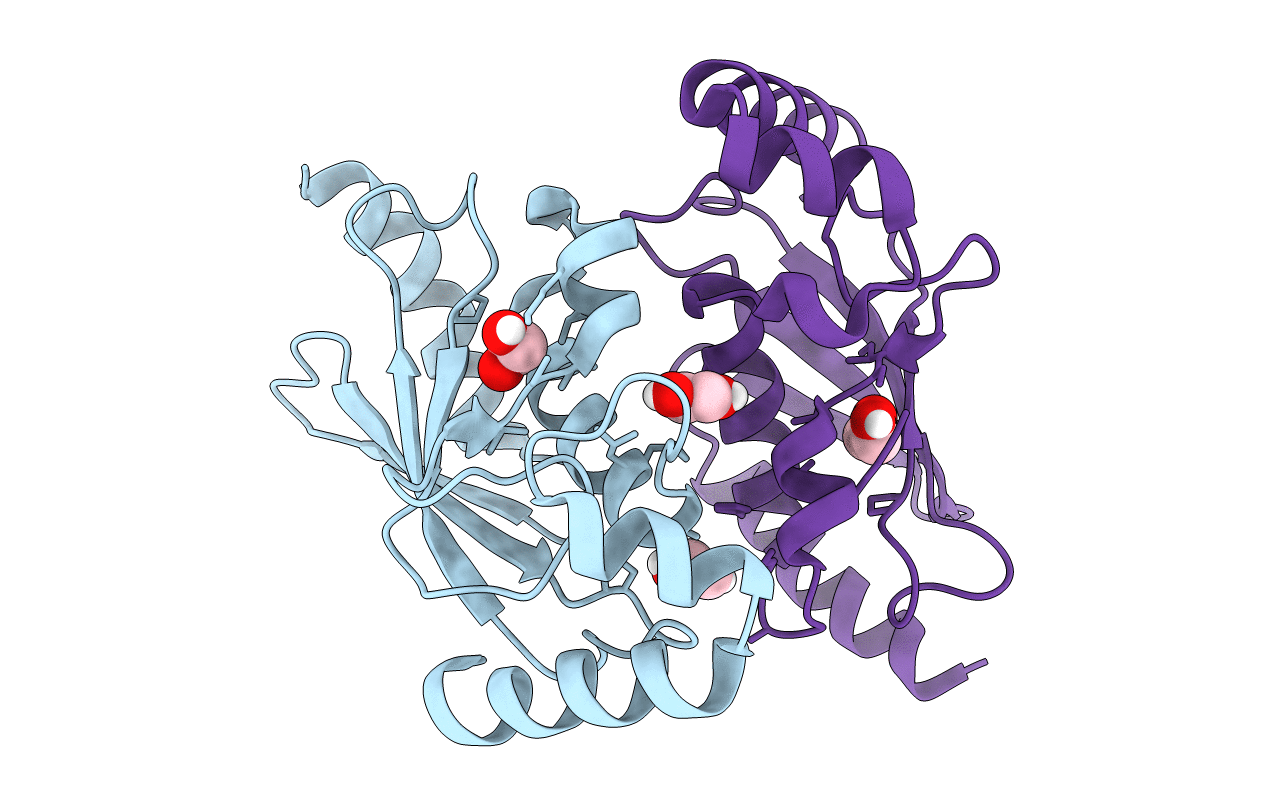
Deposition Date
2019-01-15
Release Date
2019-07-17
Last Version Date
2024-01-24
Entry Detail
PDB ID:
6QH3
Keywords:
Title:
Catalytic domain of the human ubiquitin-conjugating enzyme UBE2S C118M
Biological Source:
Source Organism:
Homo sapiens (Taxon ID: 9606)
Host Organism:
Method Details:
Experimental Method:
Resolution:
2.90 Å
R-Value Free:
0.23
R-Value Work:
0.18
R-Value Observed:
0.18
Space Group:
P 65


